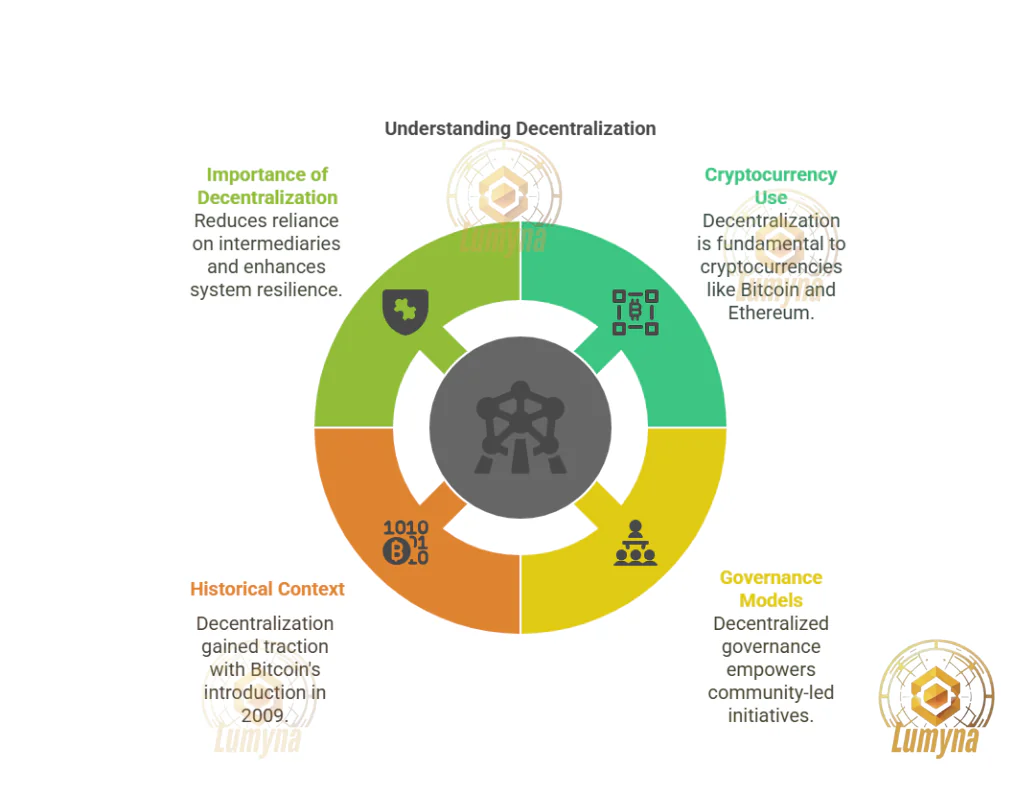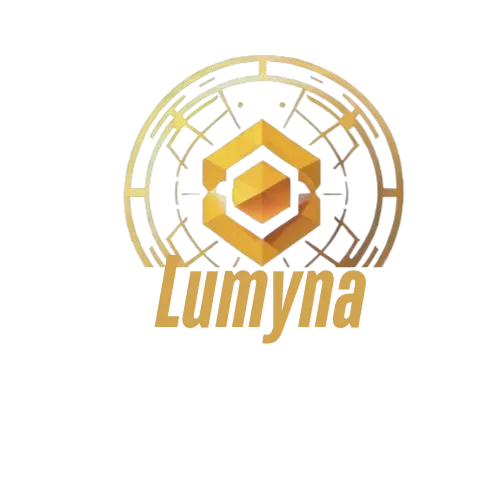
What is decentralization?
Decentralization is a system where control and decision-making are distributed across multiple participants rather than concentrated in a single authority. It contrasts with traditional centralized models, like governments or corporations, by spreading power among individuals or entities. In technology, it’s the backbone of innovations like cryptocurrencies and blockchain, promoting autonomy and reducing dependency on hierarchical structures.
Who uses decentralization?
Decentralization is heavily utilized by cryptocurrencies such as Bitcoin and Ethereum, where networks of users collectively maintain the system. Blockchain developers, libertarian advocates, and tech enthusiasts also embrace it. Beyond finance, organizations like decentralized autonomous organizations (DAOs) and even some governance models experiment with it to empower communities over centralized rulers.
When did decentralization gain traction?
It surged in prominence with Bitcoin’s rise in 2009, when Satoshi Nakamoto introduced a decentralized currency that challenged conventional banking. The concept predates Bitcoin, rooted in ideas from cryptography and peer-to-peer networks, but its practical application took off in the 2010s as blockchain technology matured and inspired broader adoption across industries.
Where does decentralization apply?
It’s most visible in tech, particularly blockchains powering cryptocurrencies, but its reach extends further. Decentralized systems appear in governance (e.g., community-led initiatives), file-sharing networks like IPFS, and even organizational structures where decision-making is shared. It thrives anywhere traditional central control is questioned or inefficient.
Why is decentralization important?
Decentralization reduces reliance on middlemen, like banks or regulators, cutting costs and delays. It boosts resilience—systems can survive failures or attacks on single points. It also enhances freedom, giving users more control and resisting censorship or corruption, which appeals to those seeking alternatives to centralized power.
How does decentralization work?
Power is distributed across a network, such as computers (nodes) running Bitcoin’s software. These nodes collaborate to validate transactions or data, using consensus mechanisms like proof-of-work, without a central hub dictating terms. This shared responsibility ensures no single entity can dominate or shut down the system.
Related Questions:
- Is decentralization always better? Not necessarily—it can be slower, less efficient, or harder to coordinate than centralized systems, depending on the context.
- What’s an example of decentralization? Bitcoin’s network, operated by thousands of nodes worldwide, exemplifies it, with no central bank in charge.
- Can decentralized systems fail? They’re robust but vulnerable to low participation, technical flaws, or coordinated attacks like 51% attacks in crypto.
- How does it differ from centralization? Centralized systems, like banks, rely on one authority for control; decentralized ones distribute power, prioritizing collective management over singular oversight.




